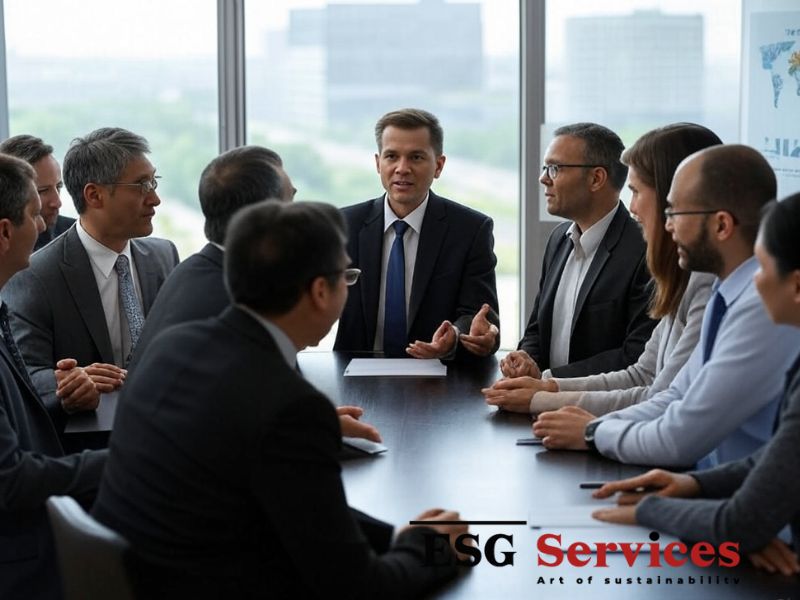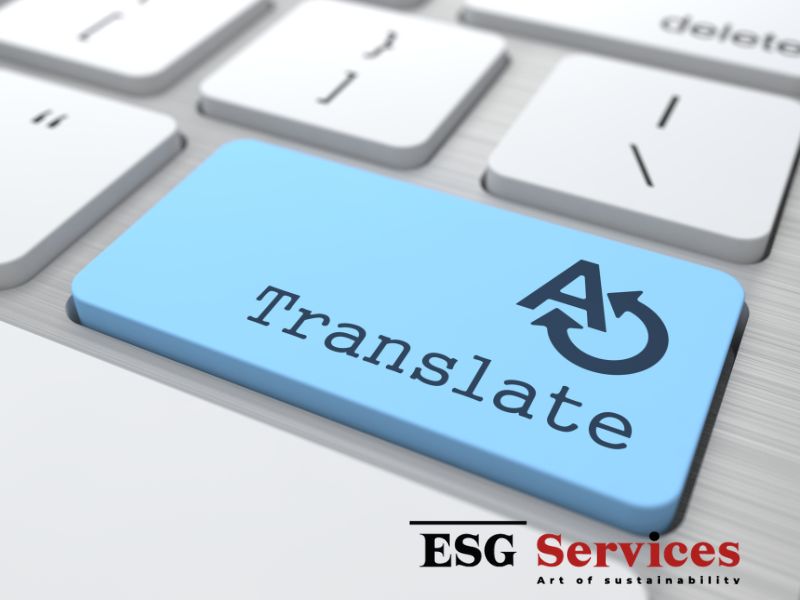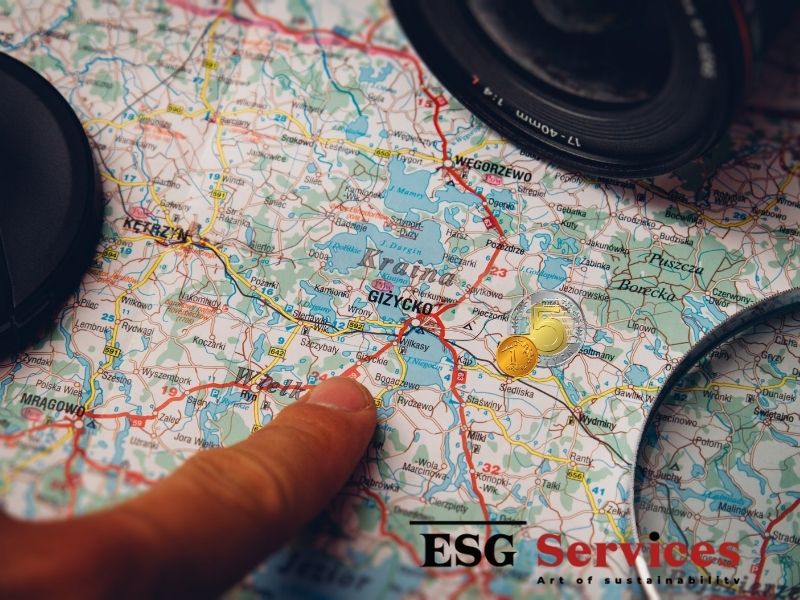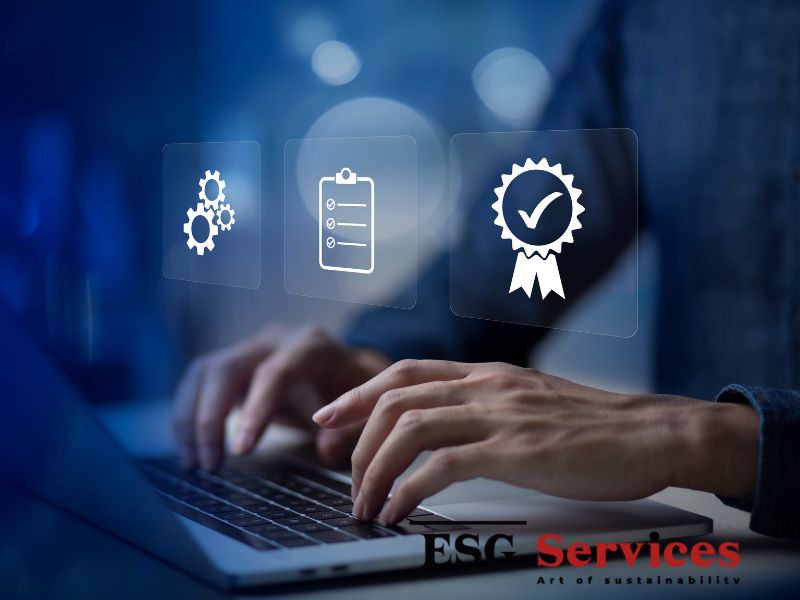Implementing sustainability initiatives is not just about regulatory compliance or enhancing a company’s image. It is a deep organizational transformation process that requires effective change management. One of the most critical success factors is the engagement of a sponsor—a high-ranking executive, such as a board member, who will support the project from the very beginning.
Transitioning to a business model based on sustainability principles, particularly in the context of low- and zero-emission operations, is one of the biggest challenges for organizations. This transformation involves:
Change management is the process that enables organizations to navigate these stages effectively, minimizing resistance and increasing the chances of success.
The ADKAR method, developed by Prosci, is one of the most widely used change management models. It consists of five key stages:
Without strong sponsor support, guiding an organization through these stages—both strategically and operationally—becomes extremely challenging.
The sponsor should be a board member or senior executive with real decision-making influence. They must clearly understand why and how the organization invests in sustainability. Their role is to communicate the benefits of these changes to both internal and external stakeholders.
Every organizational change faces resistance—stemming from concerns about additional responsibilities, increased costs, or the need to acquire new skills. The sponsor serves as a change advocate, actively promoting the project and persuading skeptics. This means the sponsor not only endorses the project but also takes responsibility for its execution.
Many ESG initiatives fail because they remain at the declaration level without sufficient resources—financial or human. The sponsor plays a key role in:
Every transformation encounters obstacles—legal challenges, employee resistance, technological difficulties, or unclear success metrics. The sponsor must actively address these barriers and ensure the changes become embedded in the organization. A committed sponsor ensures that implemented changes are sustainable—e.g., by integrating ESG goals into performance management systems and corporate policies.
Board-level engagement is essential because:
A successful transition to a sustainable business requires not just knowledge and technology but, above all, effective change management. The ADKAR model provides a structured approach to guiding an organization through this adaptation process, but the key role belongs to the sponsor—a senior executive who supports the project at every stage.
Without an engaged sponsor, ESG initiatives risk remaining ambitious plans with no real impact on business operations. Therefore, the first step for any organization implementing a sustainability strategy should be to secure board-level support and appoint a strong change leader.









